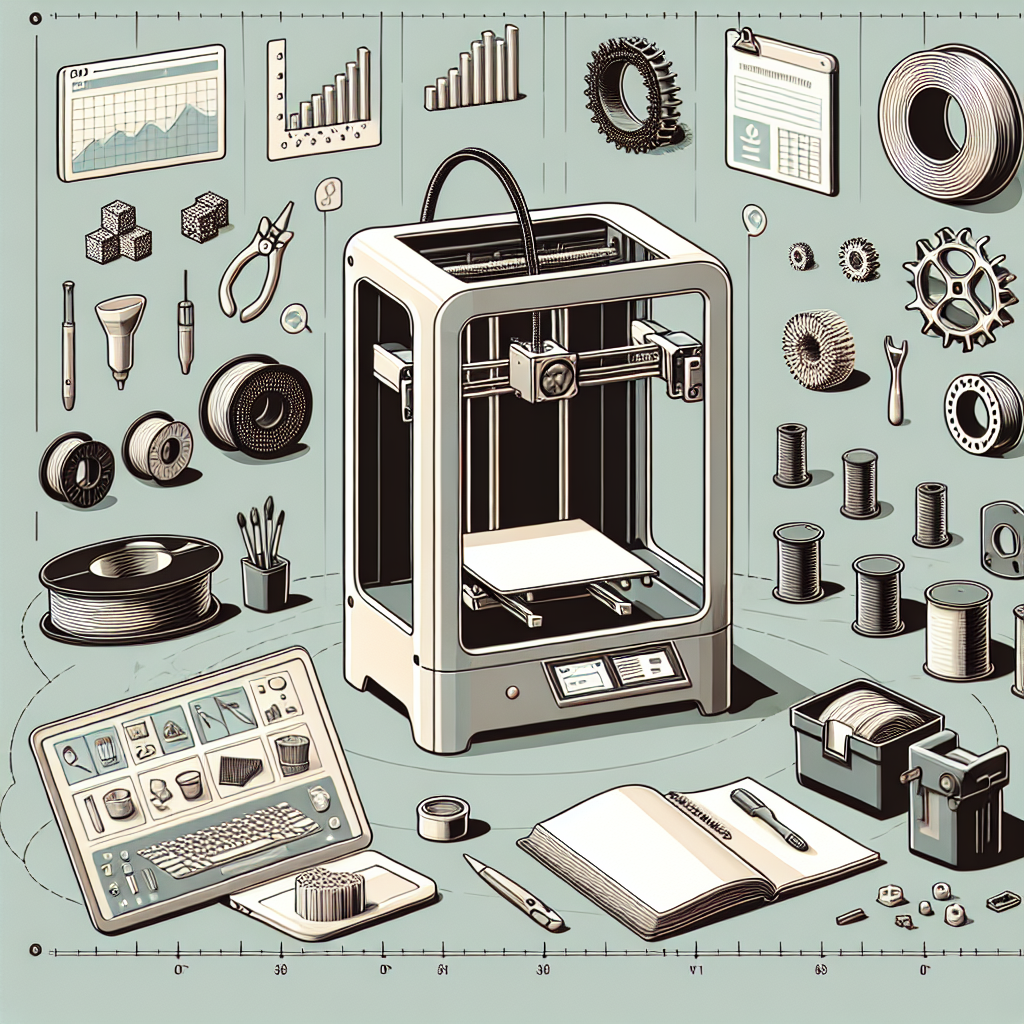Introduction
3D printing has revolutionized how products are prototyped and manufactured, offering endless possibilities across various industries. However, despite its advantages, the associated costs—materials, equipment maintenance, and energy usage—can quickly escalate. Fortunately, there are multiple ways to reduce these expenses without compromising the quality of your prints. In this guide, we’ll explore proven strategies that will help you maximize efficiency and minimize costs in your 3D printing operations.
Choose the Right Material Wisely
Material selection is one of the most influential factors in 3D printing costs. Choosing economical yet high-quality materials can lead to significant savings. PLA (Polylactic Acid), for example, is affordable, readily available, biodegradable, and provides excellent quality for general prototyping. For more robust applications requiring strength and durability, ABS or PETG might be the right choice. However, specialized materials such as carbon-fiber-infused filaments or metal composites are significantly more costly. Reserve premium materials for critical projects and opt for cost-effective filaments whenever possible.
Optimize Your 3D Model Designs
Before printing, it’s essential to thoroughly optimize your 3D model designs. Consider the following practices:
- Minimize supports: Orient your model strategically to reduce the need for support materials. Fewer supports not only save material but also speed up printing time.
- Use hollow or honeycomb structures: Adjusting infill density and incorporating honeycomb patterns can drastically reduce filament usage without compromising structural integrity.
- Combine multiple parts into one: If your project involves multiple small pieces, combining them into fewer parts will reduce printing time and material waste.
Ensure Efficient and Proper Maintenance of Equipment
Proper and regular maintenance of your 3D printers is crucial to maintaining print quality and reducing costs. Neglected machines can lead to failed prints, wasted materials, and costly repairs. Adopt the following maintenance practices:
- Keep your printer clean, particularly the nozzle and build plate.
- Regularly check and calibrate bed leveling and nozzle height.
- Periodically inspect belts, motors, and moving parts for wear or damage.
- Replace worn-out parts promptly to avoid larger issues down the road.
Adjust Print Settings to Optimize Costs
Fine-tuning your printing parameters can greatly affect your overall cost:
- Layer height adjustments: Larger layer heights reduce printing time and material usage while maintaining acceptable print quality for most prototyping purposes. Reserve the smallest layer heights for detailed, high-resolution projects.
- Print speed optimization: Find the sweet spot in your print speed settings. Too fast can compromise quality, while too slow unnecessarily increases costs. Experiment with your printer to find the ideal balance.
- Bed adhesion: Ensure proper bed adhesion to avoid costly failed prints. Use adhesion aids such as glue stick, painter’s tape, or specialized print surfaces to reduce waste caused by detachment issues.
Utilize Bulk Purchasing and Economical Suppliers
Purchasing filament and consumables in bulk can drastically reduce overall material costs. Look for sales, discounts, and wholesale suppliers who offer quality filament at competitive prices. Additionally, building a solid relationship with reliable suppliers can lead to better deals and savings in the long run.
Recycle and Reuse Waste Materials
Reducing waste in your 3D printing operation can significantly impact your overall costs. Many companies now offer filament recycling and reclaiming services. Alternatively, you can invest in a filament extruder machine to recycle failed prints and supports into new usable filament, thereby reducing material expenses and environmental impact.
Monitor and Track Your Printing Expenses
Keeping detailed records of your printing expenditures helps you analyze and identify opportunities for cost savings. Utilize software tools to monitor the volume of filament used, print times, and electricity consumption. Analyzing this data regularly allows you to pinpoint areas where improvements can be implemented effectively.
Conclusion
Reducing your 3D printing costs doesn’t mean compromising on quality. By carefully selecting materials, optimizing designs, maintaining equipment, fine-tuning settings, purchasing strategically, recycling waste, and tracking expenses, you can significantly lower the financial barrier and increase your productivity. Implementing these strategies ensures that your 3D printing operations remain affordable, efficient, and of consistently high quality.


Leave a Reply